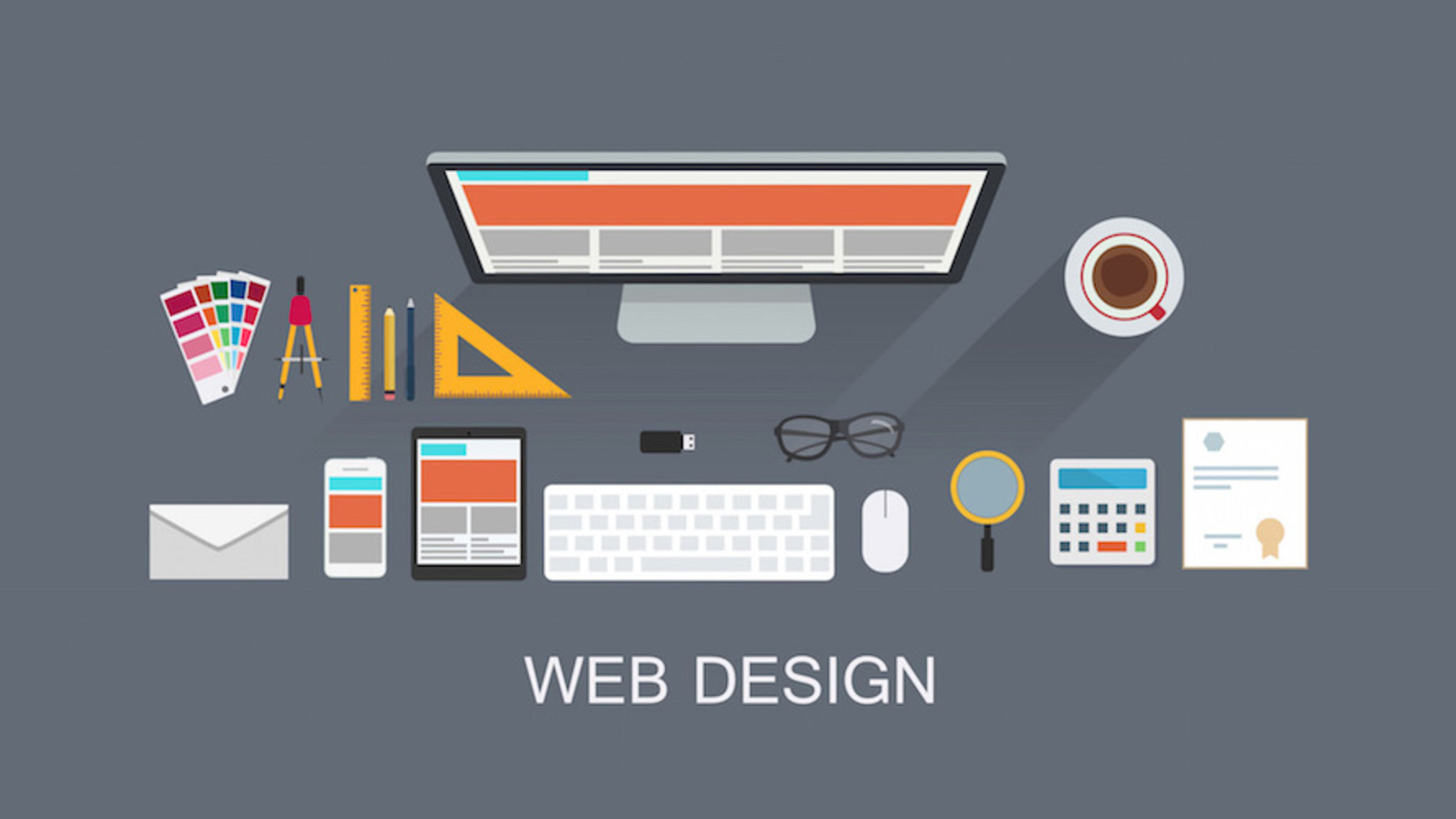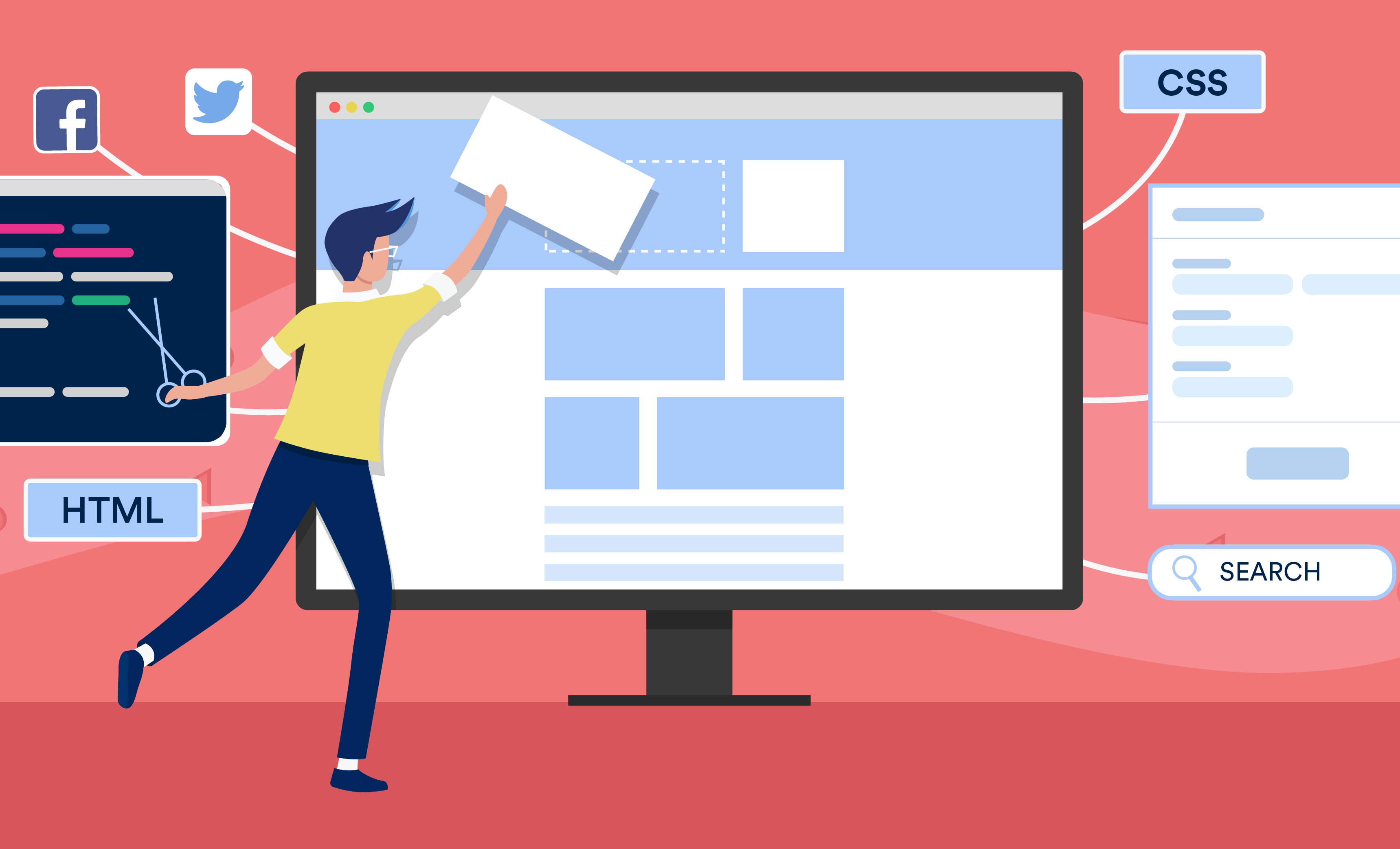All Categories
Featured
Table of Contents
- – Web Developers And Digital Designers - Bureau ...
- – Web Design Scholarship - Nyc Digital Marketin...
- – Web Design Tools & Software - Webflow Tips an...
- – Learn Responsive Design - Web.dev Tips and Tr...
- – Penner Home - Durham Web Design - Penner Web ...
- – Responsive Web Design Certification - Freecod...
- – Chavez Web Design: Web Design San Diego - Ba...
- – Top Web Design Companies - Find Web Designer...
- – Custom Website Design And Marketing - Inmoti...
- – What Does A Web Designer Do? - Careerexplor...
- – Web Design And Applications - W3c Tips and ...
- – Top Web Design Companies - Find Web Designe...
- – Web Design And Engineering Major - Santa Cl...
Web Developers And Digital Designers - Bureau Of Labor ... Tips and Tricks:
Desktop apps require designers to produce their design and send it to a development group who can then transform the style to code. Typically, this is the requirement for large and/or complex websites because it allows the designer to focus on the total appearance and feel, while all the technical obstacles are transferred to the advancement team
Web Design Scholarship - Nyc Digital Marketing Agency Tips and Tricks:

Remarkable designs can communicate a lot of info in simply a few seconds. This is made possible with the usage of powerful images and icons. A fast Google search for stock images and icons will produce thousands of options.
Web Design Tools & Software - Webflow Tips and Tricks:
Your site visitors have multiple methods of connecting with your site depending upon their gadget (scrolling, clicking, typing, etc). The very best website designs streamline these interactions to offer the user the sense that they are in control. Here are a couple of examples: Never ever auto-play audio or videos, Never underline text unless its clickable Make sure all forms are mobile-friendlyAvoid turn up Avoid scroll-jacking There are tons of web animation techniques that can help your design grab visitor's attention, and enable your visitors to connect with your site by offering feedback.
Learn Responsive Design - Web.dev Tips and Tricks:
Your users must be able to quickly navigate through your site without coming across any structural concerns. If users are getting lost while attempting to navigate through your website, possibilities are "spiders" are too. A spider (or bot) is an automated program that browses through your site and can identify its performance.
Penner Home - Durham Web Design - Penner Web Design ... Tips and Tricks:
Responsive, Comprehending the pros and cons of adaptive and responsive sites will help you identify which website contractor will work best for your site style needs. You may stumble upon posts online that speak about an entire bunch of various website design styles (fixed, fixed, fluid, etc). Nevertheless, in today's mobile-centric world, there are only 2 website styles to use to appropriately develop a site: adaptive and responsive.
Responsive Web Design Certification - Freecodecamp.org Tips and Tricks:

a header) is 25% of its container, that aspect will remain at 25% no matter the modification in screen size. Responsive websites can also use breakpoints to develop a custom-made appearance at every screen size, however unlike adaptive websites that adjust just when they hit a breakpoint, responsive sites are constantly altering according to the screen size.(image credit: UX Alpaca)Fantastic experience at every screen size, despite the gadget type, Responsive website contractors are typically stiff which makes the design difficult to "break"Loads of available design templates to begin with, Requires substantial design and testing to ensure quality (when going back to square one)Without accessing the code, customized styles can be challenging, It is very important to note that website builders can include both adaptive and responsive functions.
Chavez Web Design: Web Design San Diego - Bakersfield ... Tips and Tricks:
Wix has been around considering that 2006 and has since developed a large range of features and templates to match simply about every service requirement. Today, it's thought about one of the easiest tools for novices. It's tough to choose a winner in this classification, here are few things to keep in mind: If you're looking for the most adjustable experience, select Page, Cloud.
Top Web Design Companies - Find Web Designers Here Tips and Tricks:
, come into play. Here are some of the pros and cons to think about when looking to adopt one of these tools: Capability to develop custom responsive sites without having to write code Unmatched control over every element on the page Capability to export code to host elsewhere Complicated tools with high learning curves Slower design process than adaptive website builders, E-commerce websites are an essential part of site design.
Custom Website Design And Marketing - Inmotion Hosting Tips and Tricks:

The standard 5 components of web design, Finest resources to discover web design at house, What is web style? You require to keep your style simple, tidy and available, and at the exact same time, use grid-based designs to keep design items arranged and organized, hence producing an excellent general layout. Web style online courses.
What Does A Web Designer Do? - Careerexplorer Tips and Tricks:
, The web design track style Tree, House offers 43 hours of video and interactive lessons on HTML, CSS, layouts, designs other web design basics.
Web Design And Applications - W3c Tips and Tricks:
Effective website design brings a few different aspects together to promote conversions. These consist of: Compelling use of negative area Clearly provided options for the user(the fewer choices the user has, the less most likely they are to end up being overwhelmed and baffled)Obvious, clear calls to action Minimal diversions and a well considered user journey (ie.
Top Web Design Companies - Find Web Designers Here Tips and Tricks:
Here are some examples: Clear calls to action are great web design; murky ones are bad web style. High contrast font styles are smart, efficient web style; low contrast typefaces that are tough to read are poor web design. Non-responsive design.
Web Design And Engineering Major - Santa Clara University Tips and Tricks:
On a platform like 99designs you can host a style contestby providing a supplying and short designers submit designs based styles your specifications. Your web design could cost a couple of hundred to tens of thousands of dollars, depending on its intricacy. The more information they have, the more equipped they are to deliver the perfect web style for you.
Learn more about Lovell Media Group LLC or TrainACETable of Contents
- – Web Developers And Digital Designers - Bureau ...
- – Web Design Scholarship - Nyc Digital Marketin...
- – Web Design Tools & Software - Webflow Tips an...
- – Learn Responsive Design - Web.dev Tips and Tr...
- – Penner Home - Durham Web Design - Penner Web ...
- – Responsive Web Design Certification - Freecod...
- – Chavez Web Design: Web Design San Diego - Ba...
- – Top Web Design Companies - Find Web Designer...
- – Custom Website Design And Marketing - Inmoti...
- – What Does A Web Designer Do? - Careerexplor...
- – Web Design And Applications - W3c Tips and ...
- – Top Web Design Companies - Find Web Designe...
- – Web Design And Engineering Major - Santa Cl...
Latest Posts
Responsive Design Best Practices - Google Search Central Tips and Tricks:
Web Design - Uci Division Of Continuing Education Tips and Tricks:
Website Builders Near Me Frederick MD
More
Latest Posts
Responsive Design Best Practices - Google Search Central Tips and Tricks:
Web Design - Uci Division Of Continuing Education Tips and Tricks:
Website Builders Near Me Frederick MD